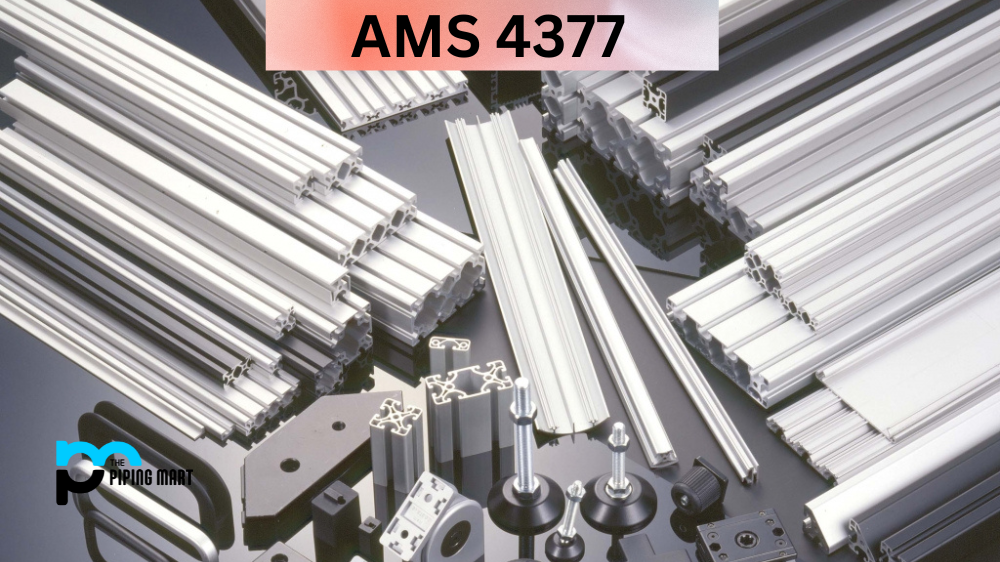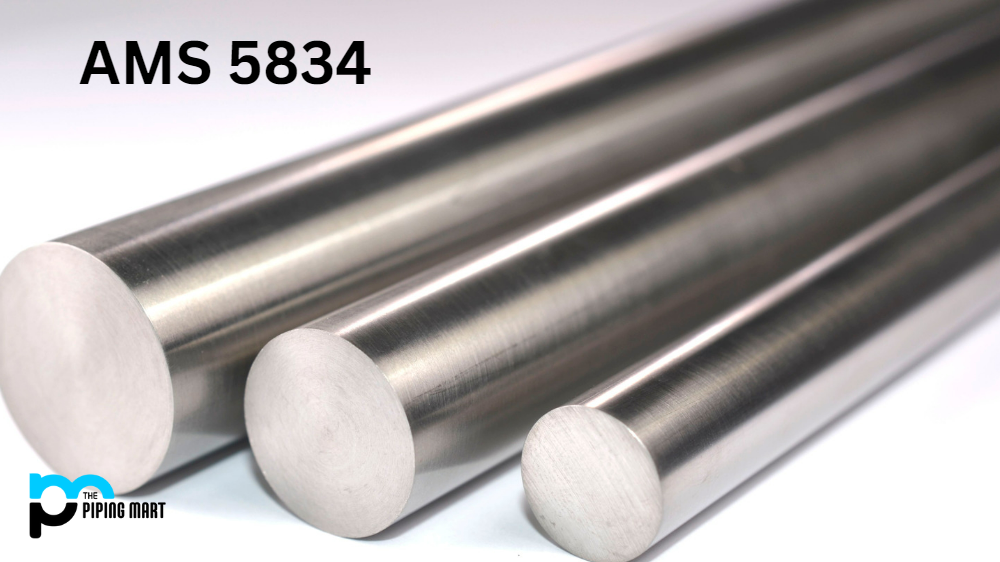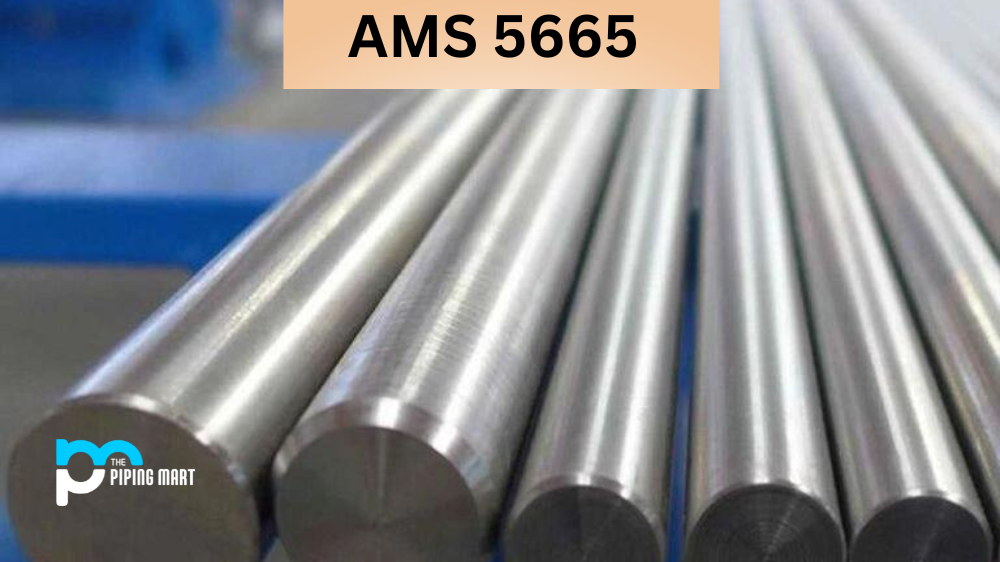In this blog, we will delve into the composition, physical properties, mechanical properties, uses, hardness, and heat treatment processes of AMS4377. So, let’s get started.
What is AMS 4377?
AMS4377 is a nickel-based alloy designed to withstand high-temperature and corrosive environments. It is used explicitly in gas turbines, jet engines, and other aerospace applications. Due to its unique composition and heat treatment process, this alloy exhibits excellent mechanical properties, corrosion resistance, and high-temperature resistance capabilities.
AMS 4377 Composition
AMS4377 consists of a high percentage of nickel with small amounts of other elements like cobalt, chromium, iron, molybdenum, and tungsten. Adding these elements improves the physical and mechanical properties of the alloy. The alloy is also strengthened through the precipitation of the gamma-prime phase.
| Element | Content (%) |
|---|---|
| Magnesium, Mg | 97 |
| Aluminum, Al | 2.5-3.5 |
| Zinc, Zn | 0.60-1.4 |
| Manganese, Mn | ≥0.20 |
| Silicon, Si | ≤0.10 |
| Copper, Cu | ≤0.050 |
| Calcium, Ca | ≤0.040 |
| Iron, Fe | ≤0.0050 |
| Nickel, Ni | ≤0.0050 |
AMS 4377 Physical Properties
AMS 4377 exhibits excellent physical properties such as high melting point, density, and thermal conductivity, making it a perfect alloy for high-temperature environments. The alloy has a melting point of 1350°C (2462°F) and a thickness of 8.2 g/cm³.
| Properties | Metric | Imperial |
|---|---|---|
| Density | 1.77 g/cc | 0.0639 lb/in³ |
| Melting Point | 605-630°C | 1120-1170°F |
AMS 4377 Mechanical Properties
AMS 4377 is a high-strength alloy with excellent mechanical properties at high temperatures. The alloy has a tensile strength of 195 ksi at room temperature and 165 ksi at 650°C (1202°F). It also has a yield strength of 123 ksi at room temperature and 92 ksi at 650°C (1202°F).
| Properties | Metric | Imperial |
|---|---|---|
| Tensile Strength | 290 MPa | 42100 psi |
| Yield strength (@strain 0.200%) | 220 MPa | 31900 psi |
| Compressive Yield Strength (at 0.2% offset) | 180 MPa | 26100 psi |
| Ultimate Bearing Strength | 495 MPa | 71800 psi |
| Bearing Yield Strength | 325 MPa | 47100 psi |
| Elongation at break (in 50 mm) | 15 % | 15 % |
| Elastic Modulus (in tension) | 45 GPa | 6530 ksi |
| Poisson’s ratio | 0.35 | 0.35 |
| Shear Modulus | 17 GPa | 2470 ksi |
| Shear Strength | 160 MPa | 23200 psi |
| Machinability (relative rating, 100=Best) | 100 | 100 |
| Hardness, Brinell (500 kg load, 10 mm ball) | 73 | 73 |
| Hardness, Knoop (estimated from Brinell) | 96 | 96 |
AMS 4377 Thermal Properties
| Properties | Metric | Imperial |
|---|---|---|
| Thermal expansion coefficient (@ 0.000-100°C/32-212°F) | 26 µm/m°C | 14.4 µin/in°F |
| Thermal Conductivity | 96 W/mK | 666 BTU in/hr.ft².°F |
AMS 4377 Equivalent
- UNS M11210
AMS 4377 Uses
AMS 4377 is used in various applications, including gas turbine engines, jet engine parts, missile components, and other aerospace applications that require high-temperature resistance and excellent mechanical properties. It is also used in different industries like chemical processing and power generation.
AMS 4377 Hardness
AMS 4377 exhibits high hardness due to its composition and heat treatment process. After heat treatment, the alloy exhibits a Rockwell hardness of C45.
AMS 4377 Heat treatment
AMS 4377 is typically heat treated at around 1090°C (1994°F) for 1 hour, then air cooled. This heat treatment process is critical to achieve the alloy’s desired mechanical and physical properties.
Conclusion
AMS 4377 material is a high-performance, high-temperature-resistant alloy widely used in aerospace. Its unique composition and heat treatment process gives the alloy excellent mechanical properties, corrosion resistance, and high-temperature resistance capabilities. We hope that this overview of AMS 4377 has been informative and provided insight into the properties of this nickel-based alloy. If you have any further questions, please do not hesitate to contact us.




